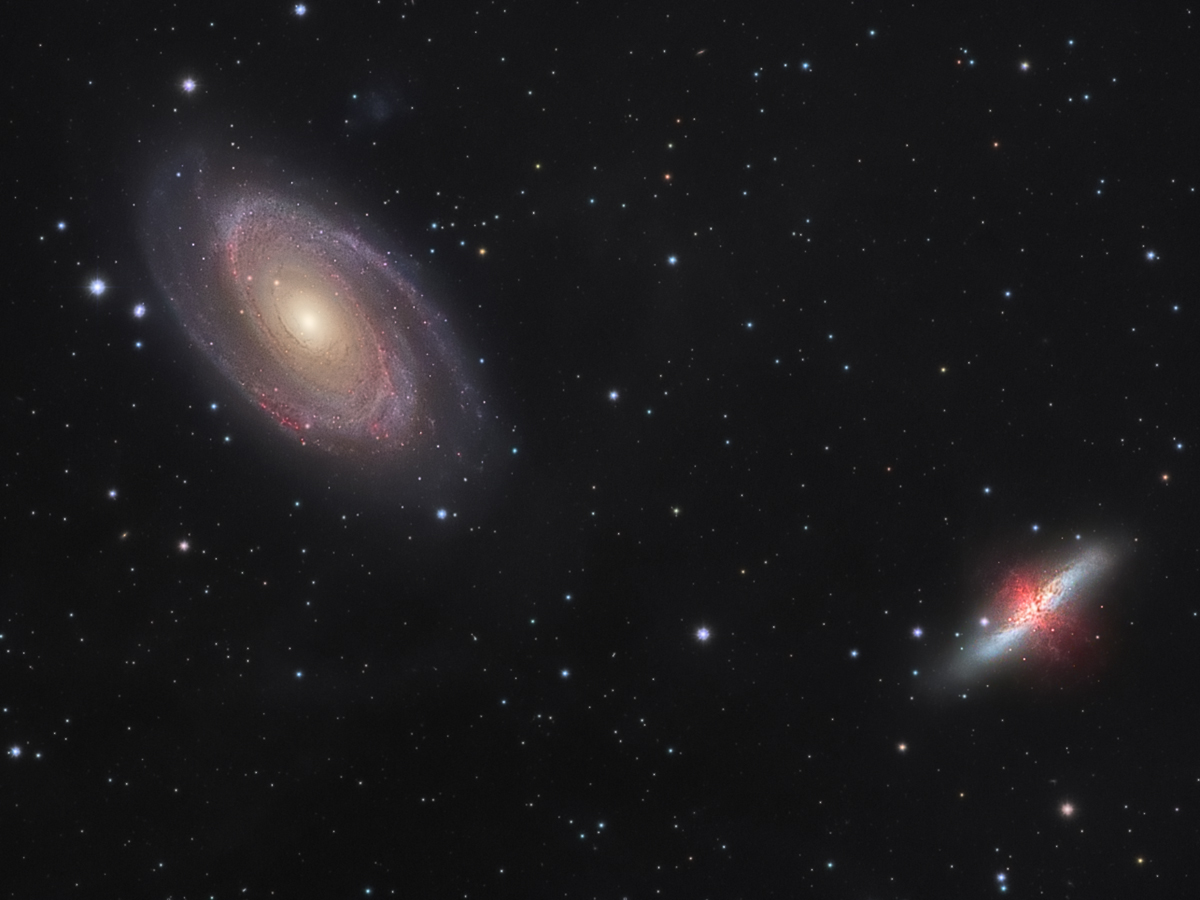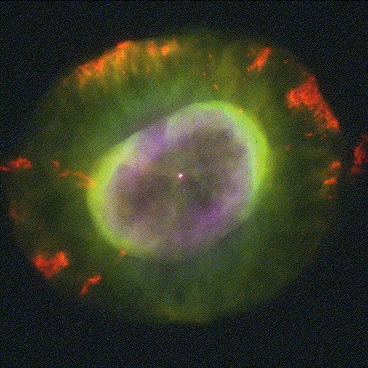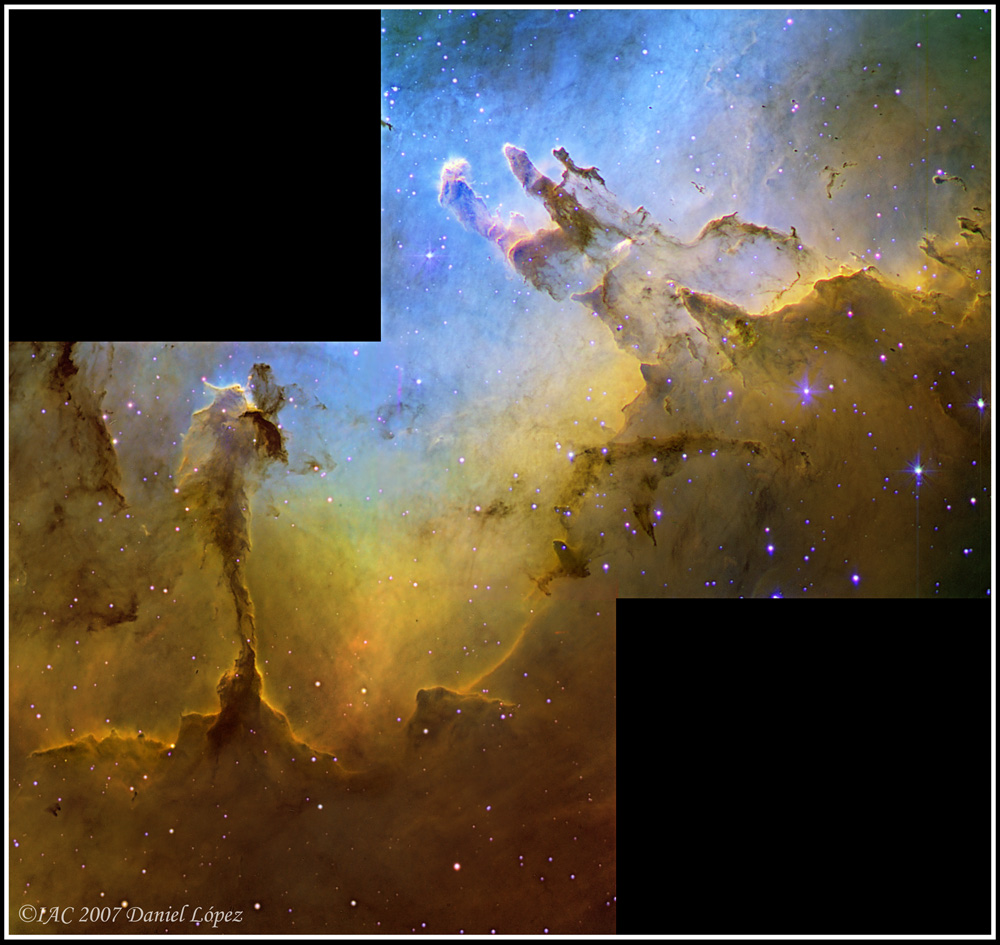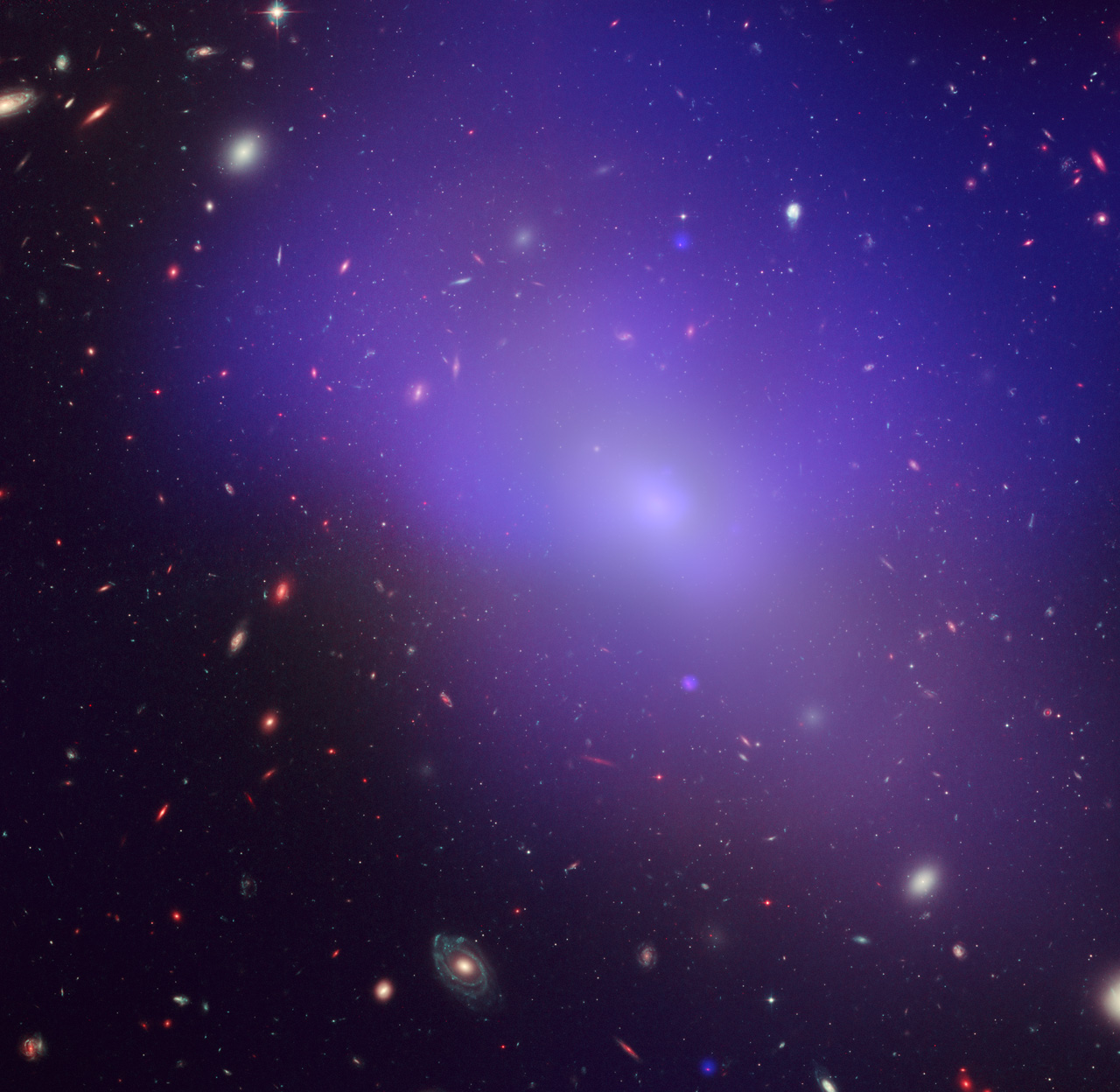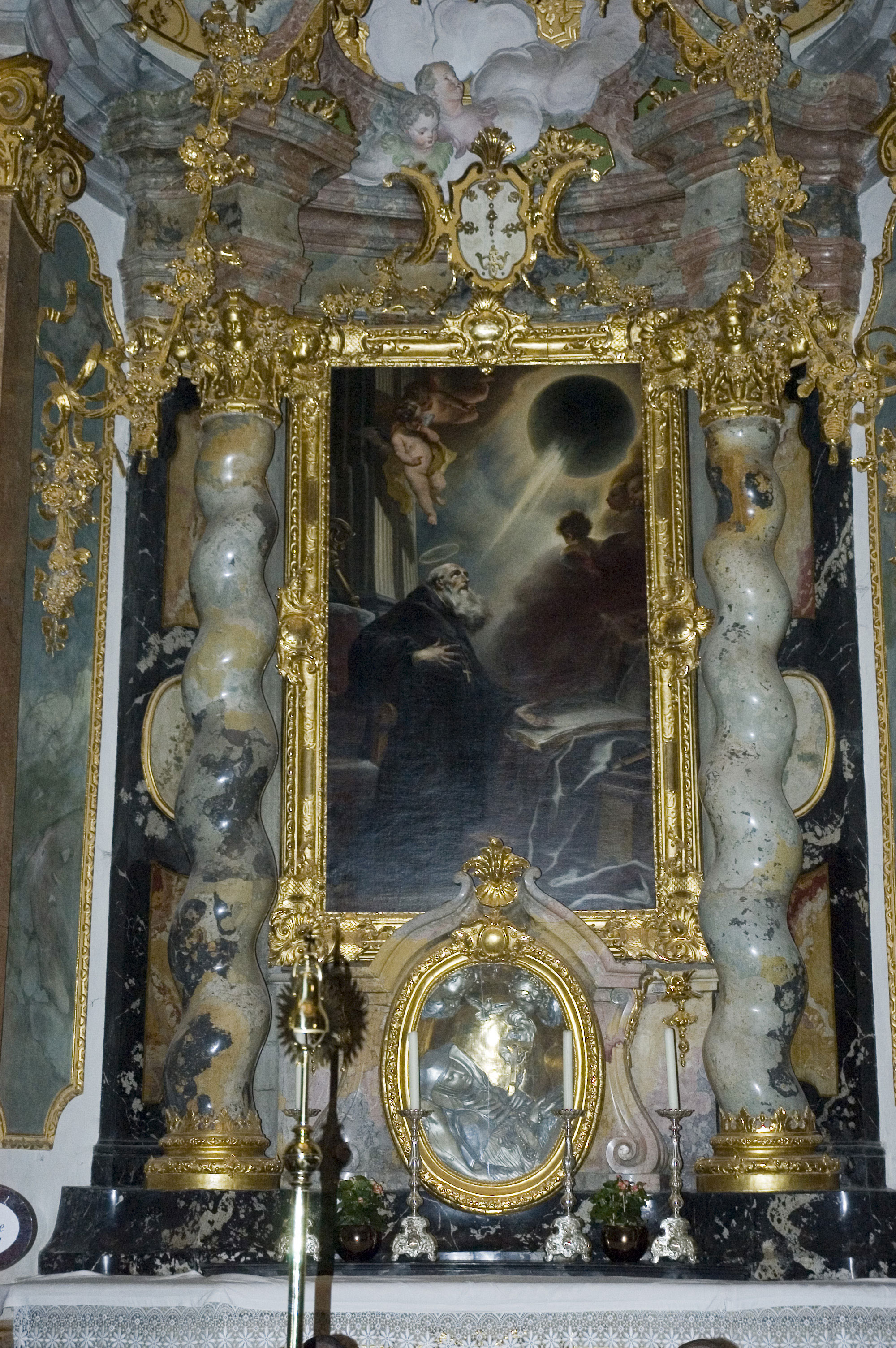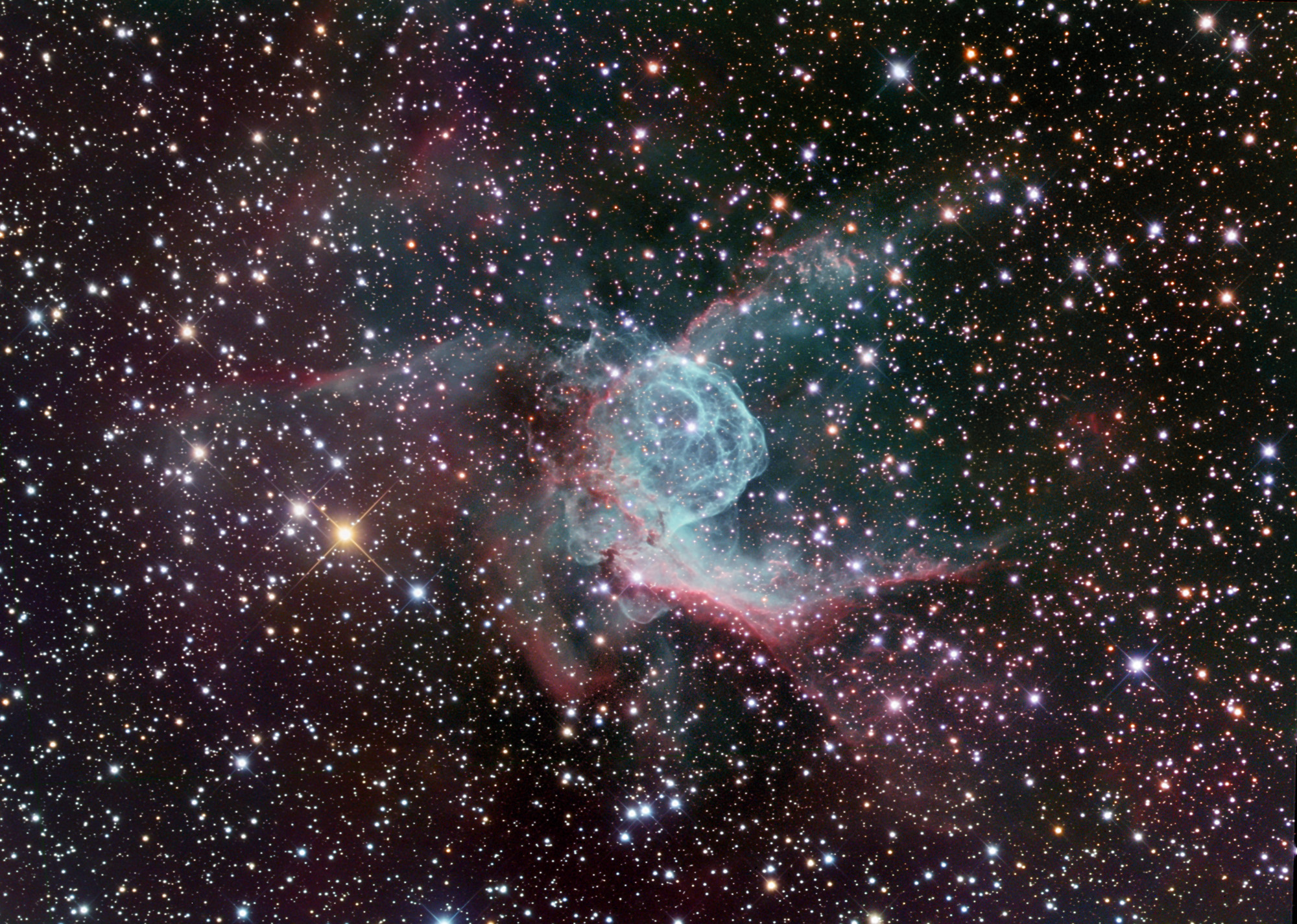
Born in 1900, Jan H. Oort was one of the greatest astronomers of the twentieth-century. Oort, who lived to be ninety-two, made a number of very important discoveries regarding astronomy, especially regarding galactic motion. Born in Franeker, Friesland, Oort later moved to the United States to study at Yale University. Oort moved back to the Netherlands after graduating from Yale, and that was where he spent the rest of his career.
Oort began his career in astronomy as a text book writer. He eventually became the director of the Leiden Observatory and worked as secretary and president of the International Astronomical Union. Working with both theoretical and observed date, Oort made many important contributions to astronomy, beginning with one he made while still in his early twenties.
Oort first impressed the astronomy world when he proved that the Milky Way is rotating, using Kapteyn’s two streams of stars as evidence. He also used the motion of the stars surrounding the Sun to show that the Sun is not located in the center of the galaxy, but in fact, it is found more than half way into the disk from the nucleus. He also discovered that the center of the galaxy is located in the constellation Sagittarius. In addition, Oort was the first to discover dark matter, which is matter that does not emit enough radiation to be detected. It is now believed that over 90% of the galaxy is made up of the substance.
Another contribution made by Oort was his foresight in the area of radio astronomy. He was one of the first scientists to believe that radio waves could be used to map out the galaxy. Prior to the use of radio astronomy, Oort hypothesized that the galaxy’s spiral arms, were rich in hydrogen and were areas of star formation. As a result or World War II, radio technology was improved and eventually used to prove Oort’s hypothesis to be correct.
Oort’s most famous contribution was probably the theoretical discovery of the Oort Could. Named for the astronomer, the cloud has never been observed, but it is commonly accepted amongst astronomers that the cloud exists. The Oort Cloud lies far beyond Pluto encircling the outer edge of the galaxy. After studying long-period comets, Oort found that most seemed to come from the area that he designated as the Oort Cloud, and he proposed that this cloud is the home to 100,000s of comets.
One interesting anecdote about Oort’s life is that he was one of the few people able to see the Halley’s Comet twice. He saw it for the first time when he was ten years old, and again when he was eighty-six.
Oort made major contributions to the field of astronomy. He was honored with many prestigious awards including the Bruce Medal and the Vetliesen Prize, and is remembered as one of the greatest astronomers in modern history.
Works Cited
"Comet Pioneer: Jan Hendrik Oort." Space Science. 27 Feb. 2004. European Space Agency. 19 May 2008
"Jan Hendrick Oort." The Bruce Medalists. 19 May 2008
Wilford, John N. "Jan H. Oort, Dutch Astronomer in Forefront of Field, Dies At 92." 12 Nov. 1992. New York Times. 19 May 2008






